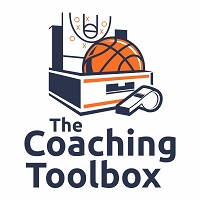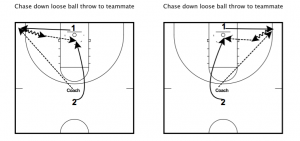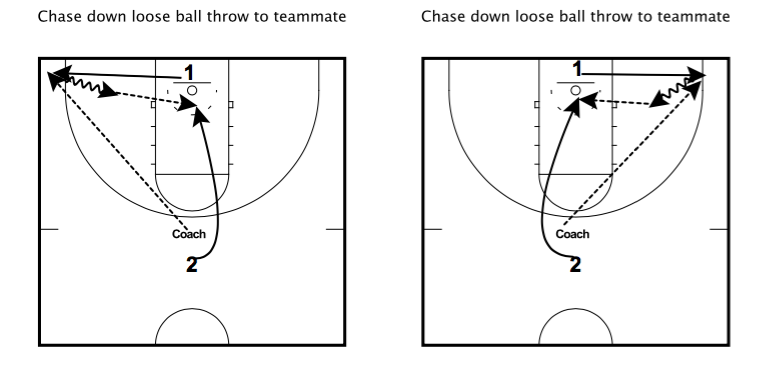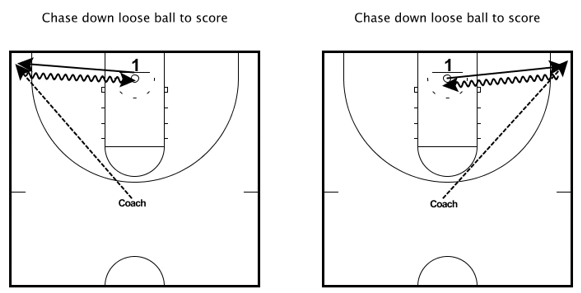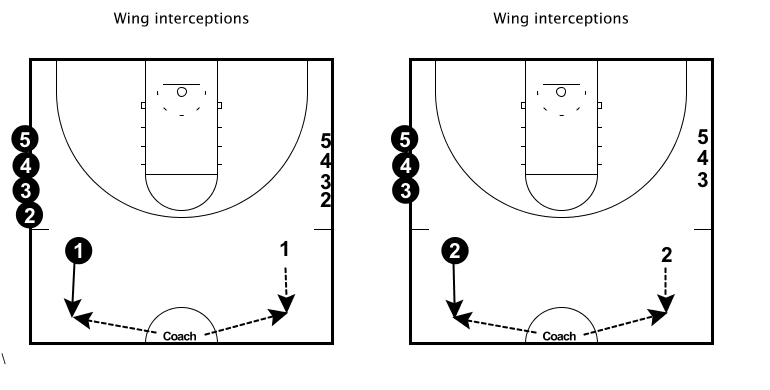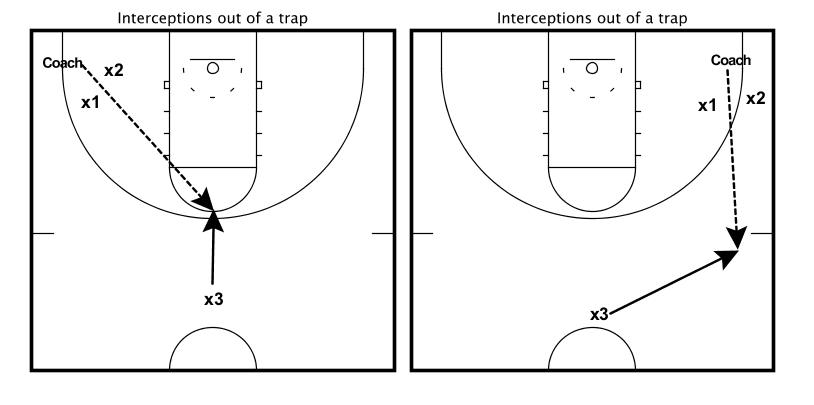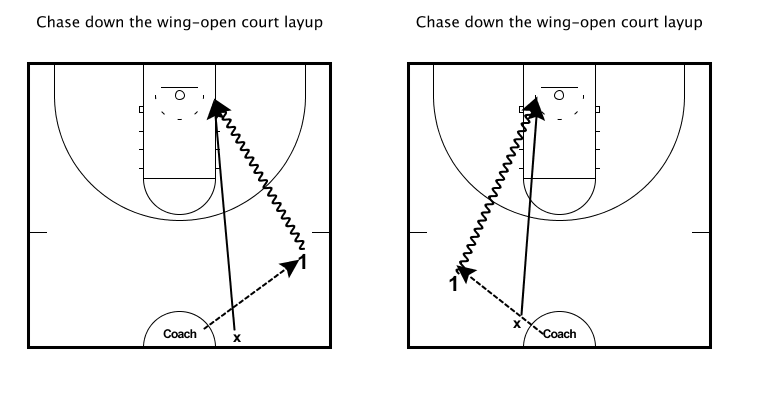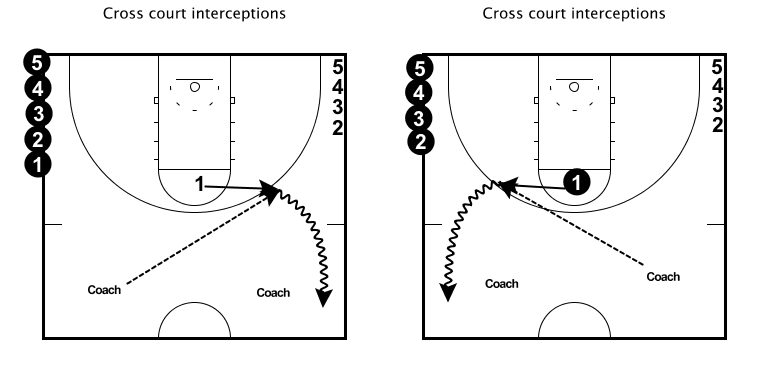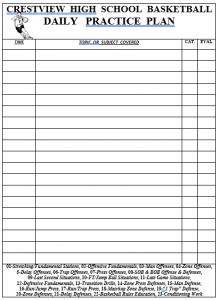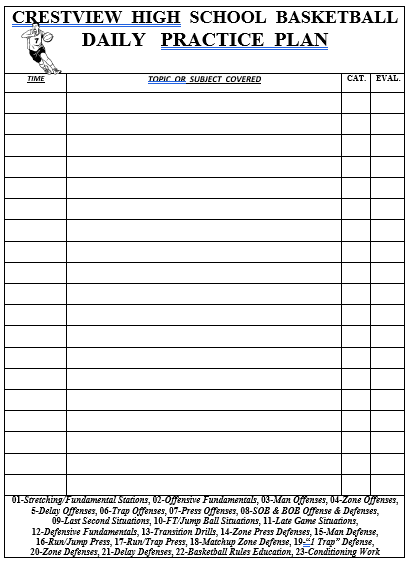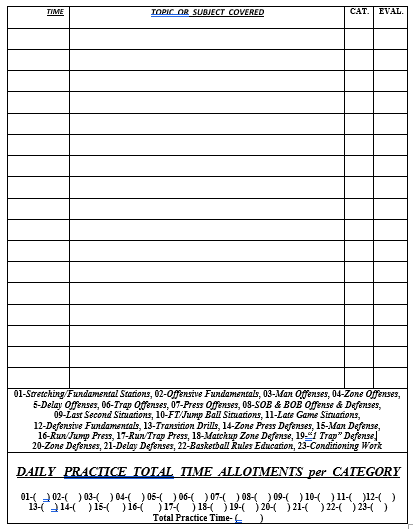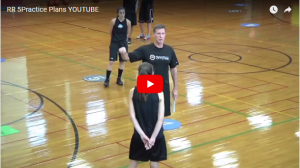This post was written by Texas A & M Assistant Coach Bob Starkey and shared on his Basketball Coaching Blog, HoopThoughts
I’ve known Sam Nichols for around 20 years now — whether he was working our basketball camps at LSU or running into him at Don Meyer’s Coaching Academy. And while he was an outstanding coach, he’s saved his best act for post retirement where is Founder and President of Basketball Smiles, a program of free basketball camps in the inner city playgrounds of the Bahamas. Below is a post by Sam with a great list on how to have successful practices:
Recently I had a young coach ask me for some suggestions on how to plan more efficient and productive practices. Here’s a few ideas for I came up with for coaches to consider to help you plan your practices. Believe me, during my 33 years of coaching I learned there is an art to designing and executing your daily practices to where they contribute successful team development.
Hopefully, these thoughts will be helpful – here they are, in no particular order:
- You can’t be good at everything.
I heard Jim Calhoun say this at a clinic years ago. He said, “As a coach, pick out three things that you want to excel in, and focus on them. And your practices should reflect these three priorities. Another coach should be able to walk into your practices and be able to pick out those three things based upon what you’re doing in practice.” Set priorities for your program and organize your practices to reflect your priorities. One of my favorite quotes: “We always find time for the things we put first.” Decide what’s important to and frame your practices around those priorities.
- Coach both the “What” and the “Why”
Don’t just tell your players “What” to do, tell them the “Why.” Fundamentally, people “buy in” to the “Why” of anything, and if you take time to explain to your players the logic and reasoning behind your press or offensive philosophy, I believe your practices will be more fruitful.
- Remember the 90-10 Rule
This comes from one of my mentors – Coach Dale Brown who always told me, “Be careful and not talk too much in practice – let them practice their skills 90% of the time and you talk only 10% of the time.” There’s a difference between teaching and overcoaching.
- Have some part of practices stressful with consequences
Frankly, basketball is a game of performing under pressure and some segments of practice must be framed with pressure with resulting rewards for performing at a high level and consequences for poor performance.
- Situational Segments
I learned the value of this from my Dad who, as a baseball coach, had us practice “situations” every day. Coaches cannot do all of the thinking for their players, nor make all of the pressure-packed decisions for their players – players have to think for themselves, and situational segments develop the confidence in players to where they believe they can make good decisions in games, because they have practiced similar situations in practice. Set up game-like situations on a regular basis and make them a routine – it will pay off!
- Don’t just work your starters together during situations
Shuffle your lineup during situations – late in the game, chances are, not all five of your starters will be in the game for one reason or another, so work situations with different lineups.
- Make your players think for themselves and get themselves out of trouble
In a loud gym in a meaningful game, your players won’t be able to hear you “coach every dribble,” so, especially in situational drills, keep your mouth shut and don’t blow your whistle to correct every mistake. Instead, be quiet, and make your players work together to come up with a solution. Pat Riley says, “You must be a participant in your own rescue.” Make them think – get themselves out of trouble – it will build their self-confidence and sense of teamwork.
- Praise Extra Effort
If you want your players to play hard in games and give extra effort, you must praise and reward it on a daily basis in practice. As Don Meyer was fond of saying, “Your players will reproduce what you emphasize.” I encourage coaches, “Catch your players being good!” Unfortunately, we all do a much better job catching them making mistakes. Let’s balance that by intentionally praising extra effort. As you do this, that extra effort will be contagious.
- Focus on You and Your Stuff
During the season, especially during Conference play, it’s a great temptation to spend a disproportional amount of time on your opponent’s offense and defense, out-of-bounds plays, etc. The result – you neglect your stuff – your press break, your offensive sets, your defensive, then of course, on game day your execution suffers.
- Drills should relate to your offense and defense, and not just be “trendy” drills
As my Dad was fond of saying, “Know why you’re doing, what you’re doing.” Practice time is too precious to waste, so don’t just run drills that you saw at a clinic – run drills with a purpose. Utilize drills that have a direct correlation to your offensive and defensive schemes.
- Understand there will be good practices and bad practices
Don’t get overconfident and complacent when you have a good practice and everything clicks, and don’t overreact and burn the gym down when you have a bad practice. The season is a grind and there is an ebb and flow to practices – you’ll have some great ones, and from time to time your practices will, frankly, stink. A great coach knows that every day is a new day – build on the great practices, and flush the bad ones.
- Practice doesn’t happen in a vacuum
As much as we would like to have our players total focus and attention, we have to remember that they (and you) bring the sum of their entire day with them to practice. Develop relationships with your players so, hopefully, you can identify when one of them is having a bad day with issues maybe unrelated to basketball, but is affecting their performance. It’s also important to know yourself – if you’re tired, on edge, etc., it can make you a miserable coach during practice. I heard Coach K say one time, “When you are tired as a coach, you fall back into bad coaching habits.” So true!
- Know When to Quit
Some days, your practices get bogged down and it’s better to just shut down and call it a day! It’s not your fault, it’s not your players fault – as I said, the season is a grind, and there are times it’s not going to be a productive day, so shut it down and re-group the next day. For sure, some days, when it gets bogged down, you have to push through and keep going, but that’s where you must know your players and use good judgement. But, don’t be afraid to know its time to send them home for today!
- The Three Laws of Learning – Repetition, Repetition, Repetition
Not every player “gets it” the first time or the tenth time, and if something is important, you must organize your practices where repetition of that skill ii systematic. You can’t teach skill development on a “every now and then” basis – if you want your players to learn something, you have to teach it over and over and over again! Repetition is the key to knowledge.
- “See everything – overlook a great deal – correct a little” – Pope John XXIII
This is one of my favorite quotes of all time and I had it written on every daily practice plan because I tended to “See everything – overlook nothing – correct everything.” I finally discovered that seeing every mistake and correcting it was counterproductive to what I was really wanting to develop in my players – individually and as a team. When I learned to relax and show some mercy, patience, and understanding, the entire atmosphere in practice improved and so much more was accomplished. I found a balance – I could still hold my players to a high standard of accountability, but I could do that with a lot less pressure on me and them! We all enjoyed that so much more!
